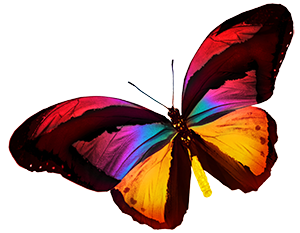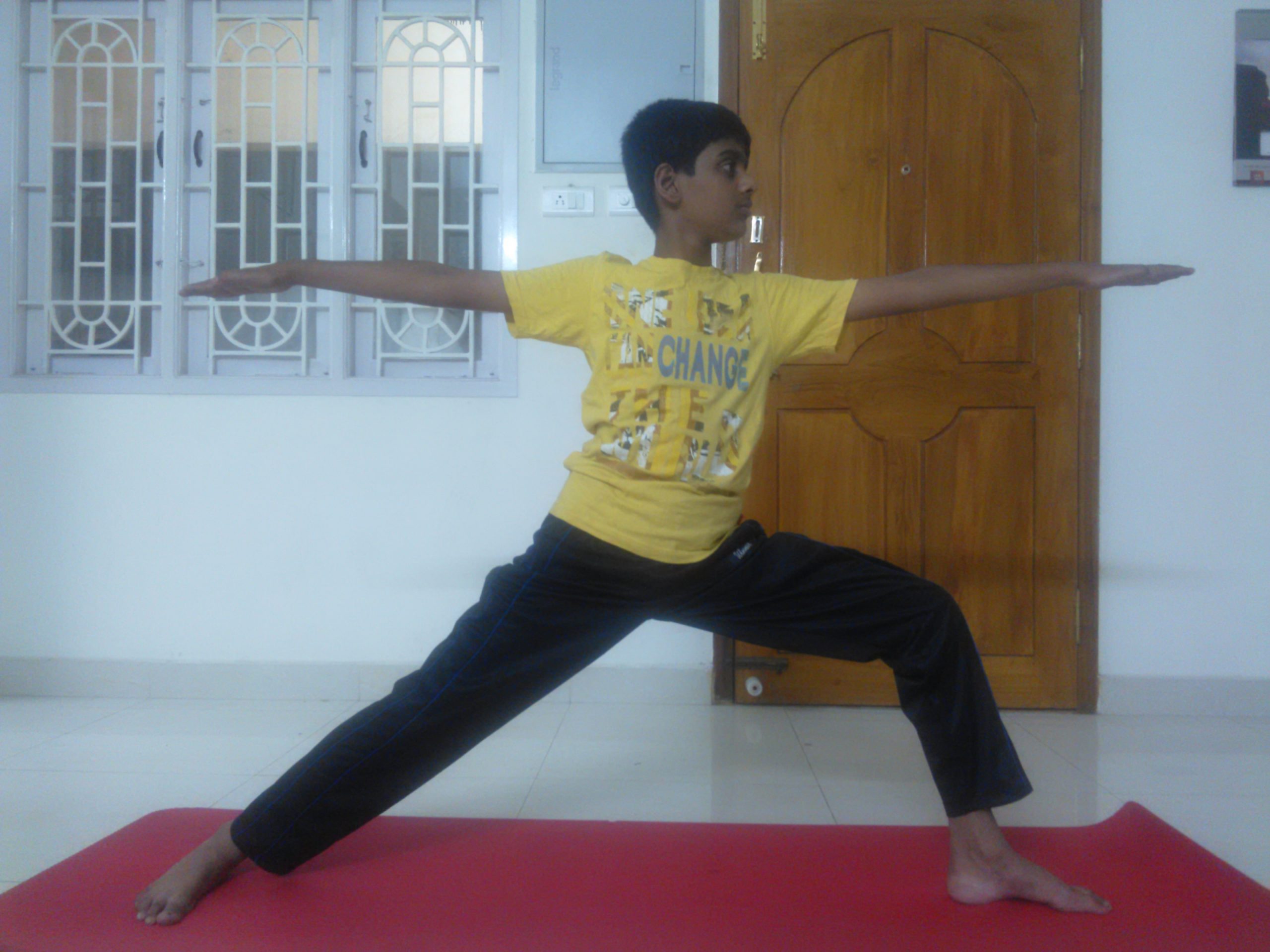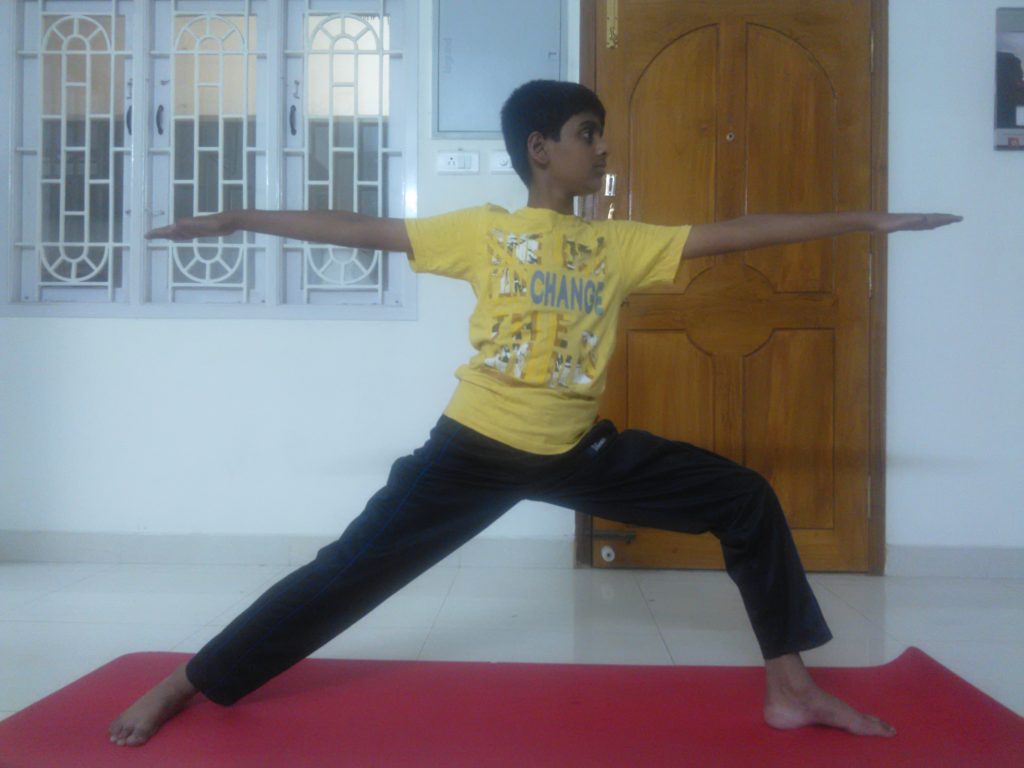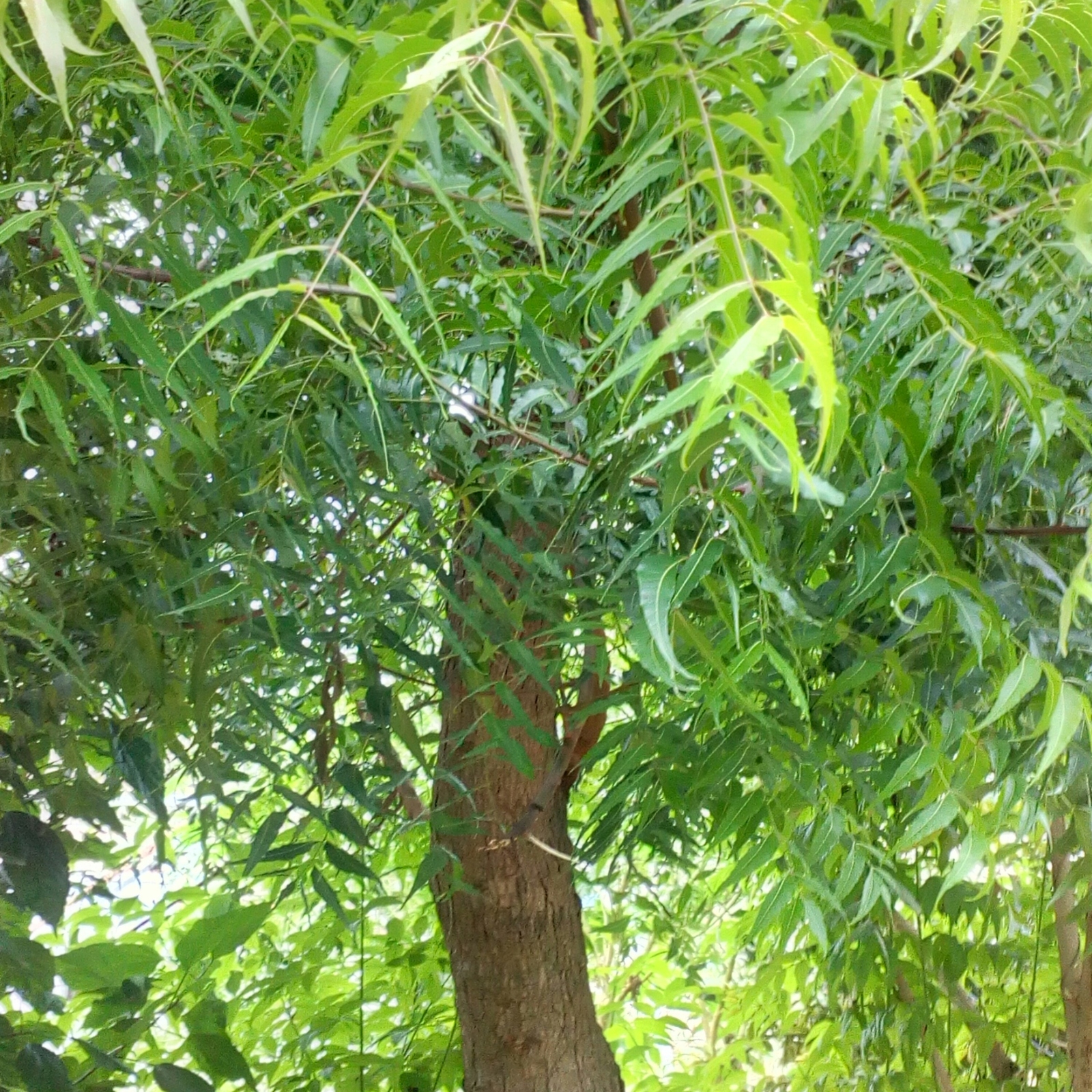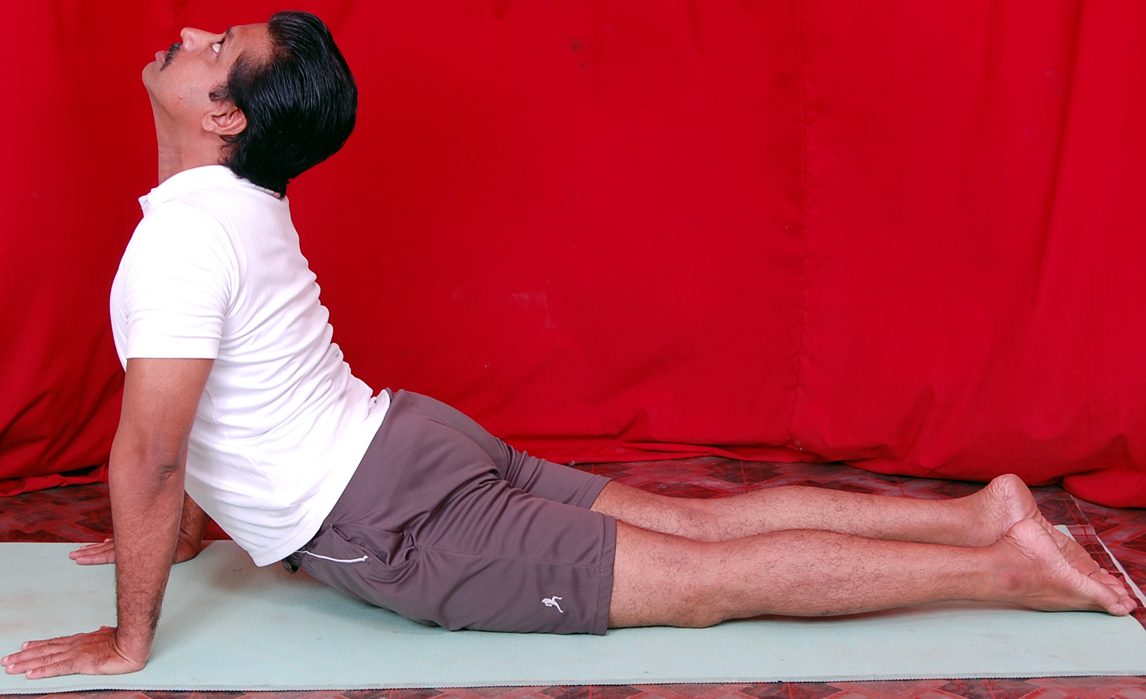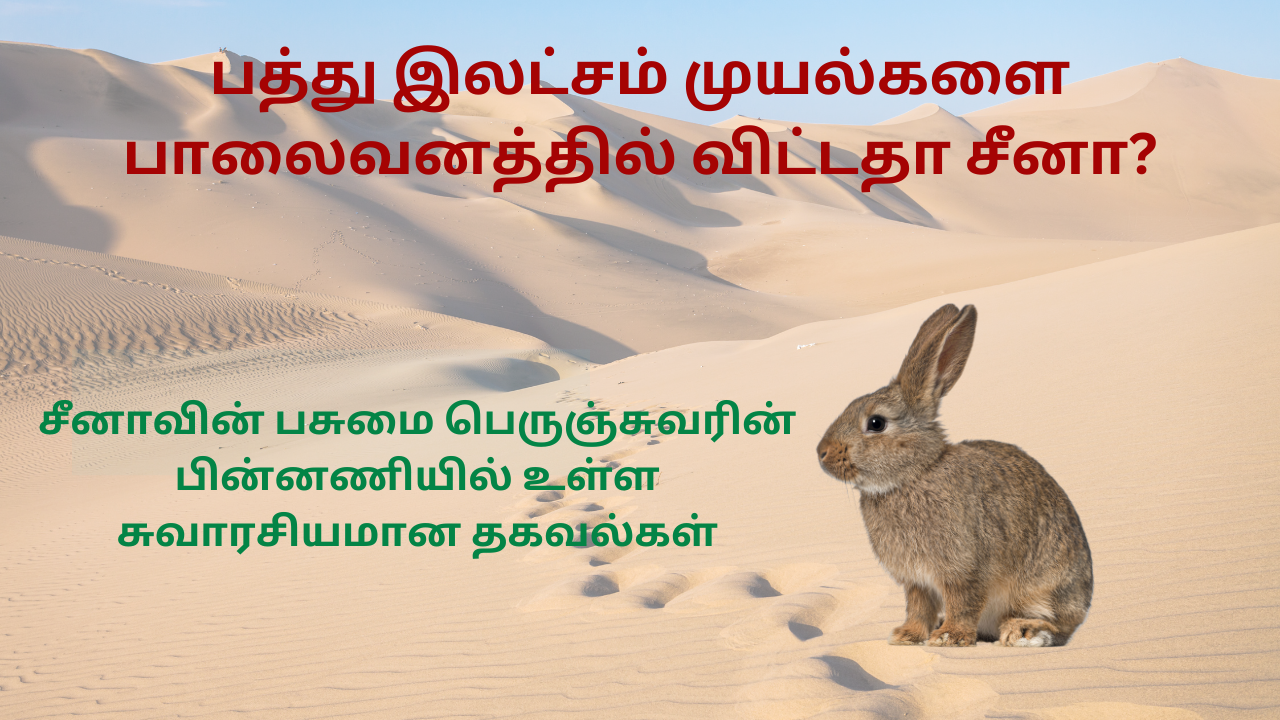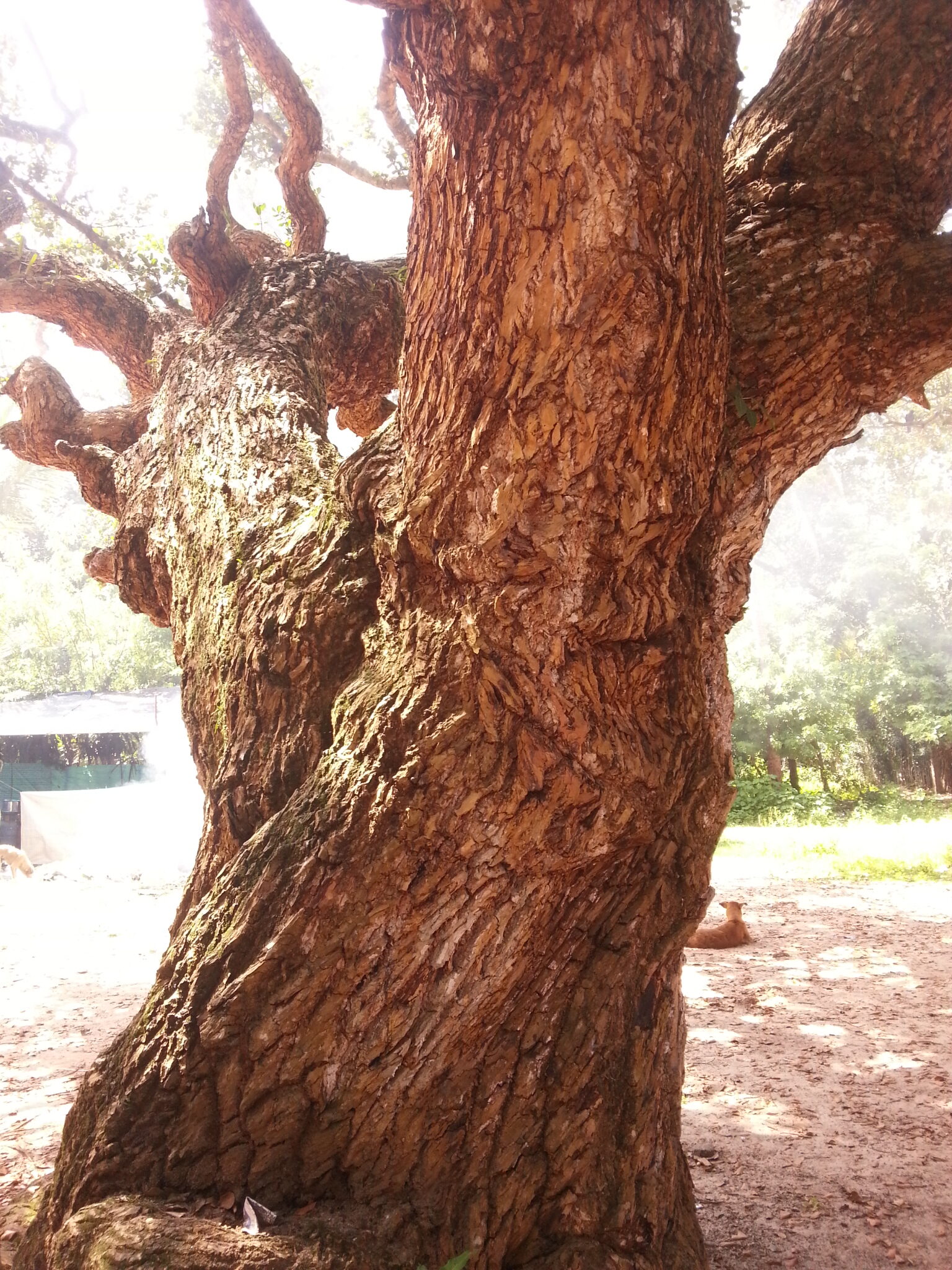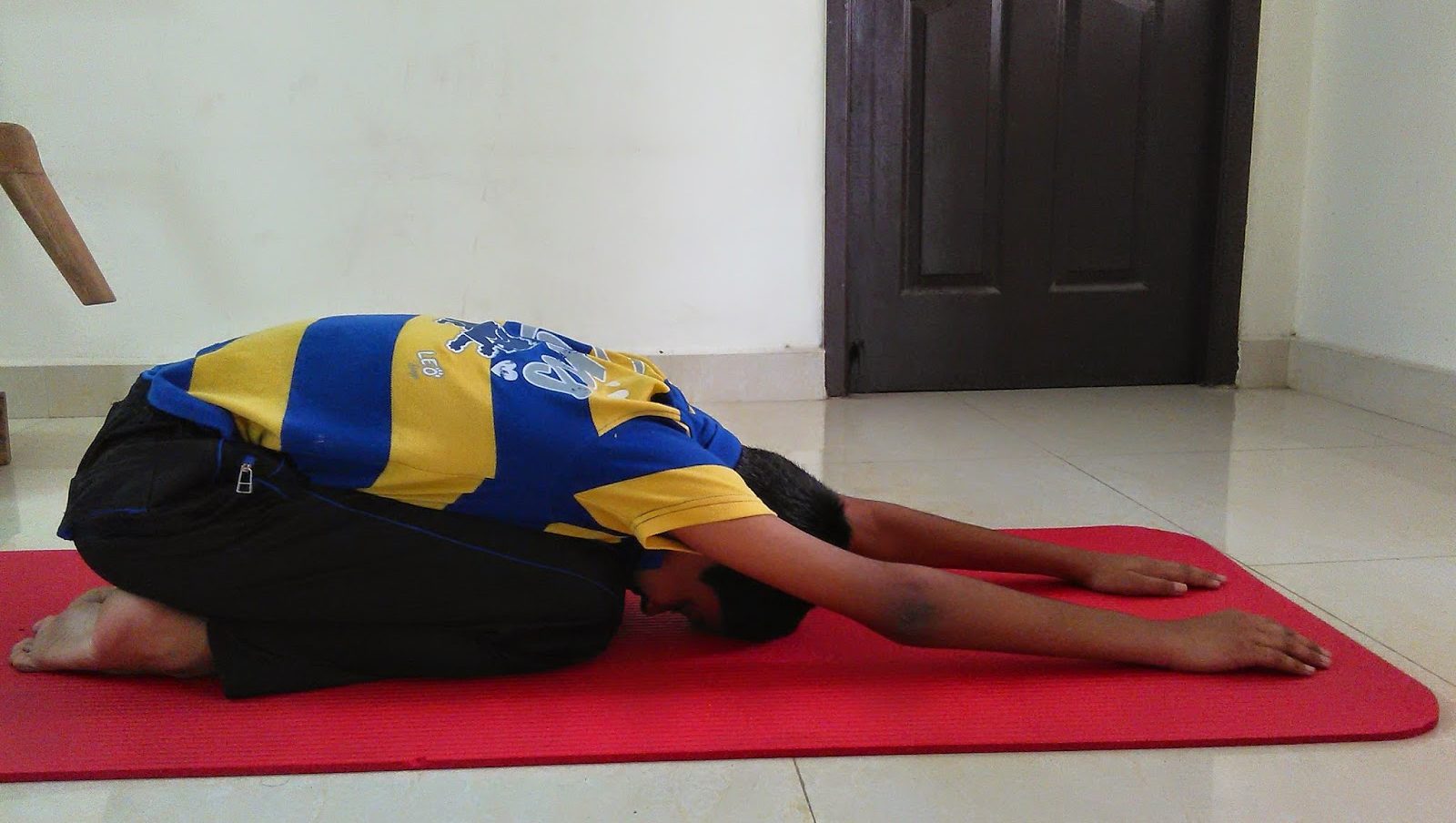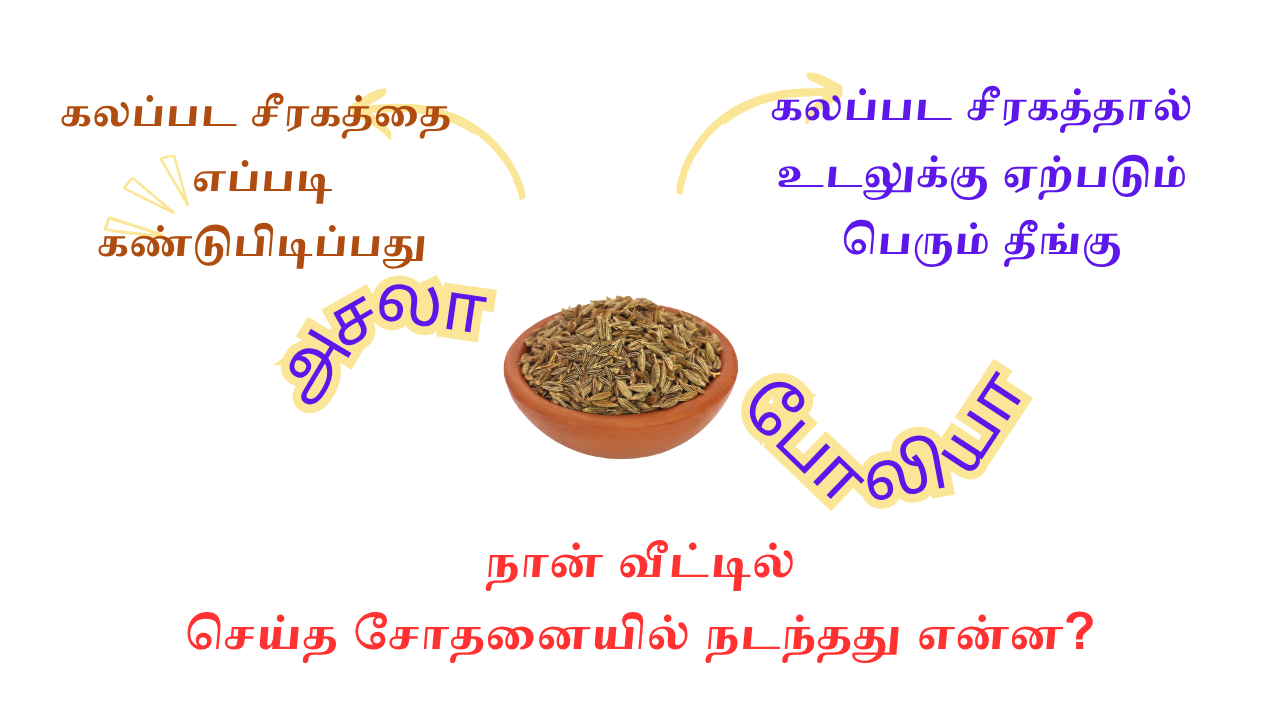Yesterday's pose was about Warrior Pose 1. Today, we will cover the benefits and how-to-do of Warrior Pose 2. As mentioned yesterday, 'vira' in Sanskrt means 'warrior' and 'bhadra' means 'auspicious' and 'companion'. That is, a warrior who is also a supportive companion.
Performing Warrior Pose 2 helps to stimulate muladhara and manipura chakras. Regular practice of Warrior Pose 2 improves stability of body and mind. The pose also improves stamina.
(To learn about Warrior Pose 1, visit this page).
Other Benefits of Warrior Pose 2
- Strengthens lungs
- It boosts blood circulation.
- Strengthens the arms
- Promotes functions of abdominal organs
- Strengthens the legs, particularly the thighs.
- Practicing the pose from an early age helps to cure flat feet
- The pose helps to relieve sciatic pain.
- Strengthens the joints
- It is an effective yoga pose for back pain.
- Stretches the shoulders and hips
- Promotes balance of the body
- Improves focus
Step-by-Step Guide
- Assume Mountain Pose.
- Exhale as you place your feet about four feet apart from each other.
- Inhale as you lift your hands sideways up to shoulder level.
- Turn your right foot towards your right. Place the left foot straight or slightly turn it towards the right.
- Turn your head towards your right.
- Hold the pose for 30 seconds. Release the pose and repeat the same on the other side.
Note
Those with severe neck pain can look straight instead of turning their head.
Those with severe pain in shoulders, back and hips should refrain from practicing the pose.
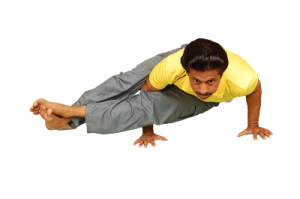
Yoga Pose for Day 73 - Eight Angle Pose (Ashtavakrasana)
In Sanskrit, 'ashta' means 'eight' and 'vakkiram' means 'to twist'. The pose is called Ashtavakrasana in Sanskrit. It is named after the sage Ashtavakkirar.
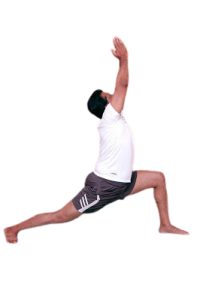
Yoga Pose for Day 71 - Warrior Pose 1 (Virabhadrasana 1)
There are three types of Warrior Pose. Today's asana will be Warrior Pose 1. The pose is called Virabhadrasana in Sanskrit. 'Vira' in Sanskrit means 'warrior', and 'bhadra' means 'auspicious' and 'companion'. That is a warrior who is also a a supportive companion.
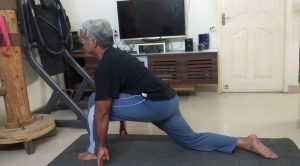
Yoga Pose for Day 70 - Equestrian Pose (Ashva Sanchalanasana)
Equestrian Pose forms a part of Sun Salutation sequence. It is performed as the fourth and ninth pose in the sequence.
